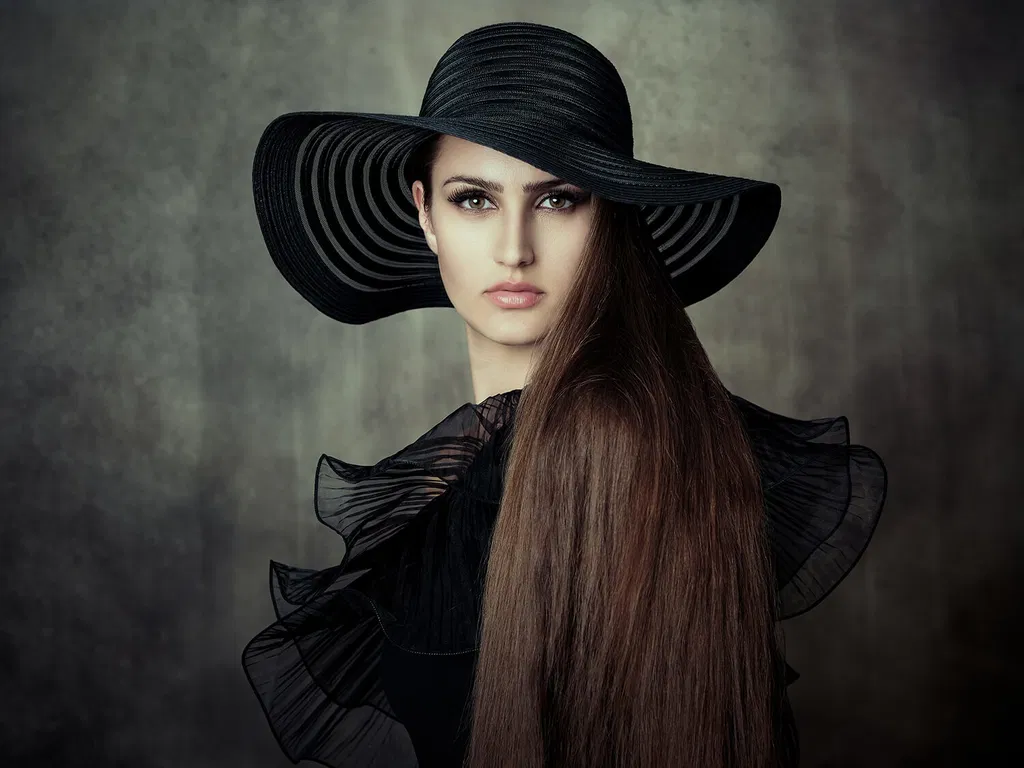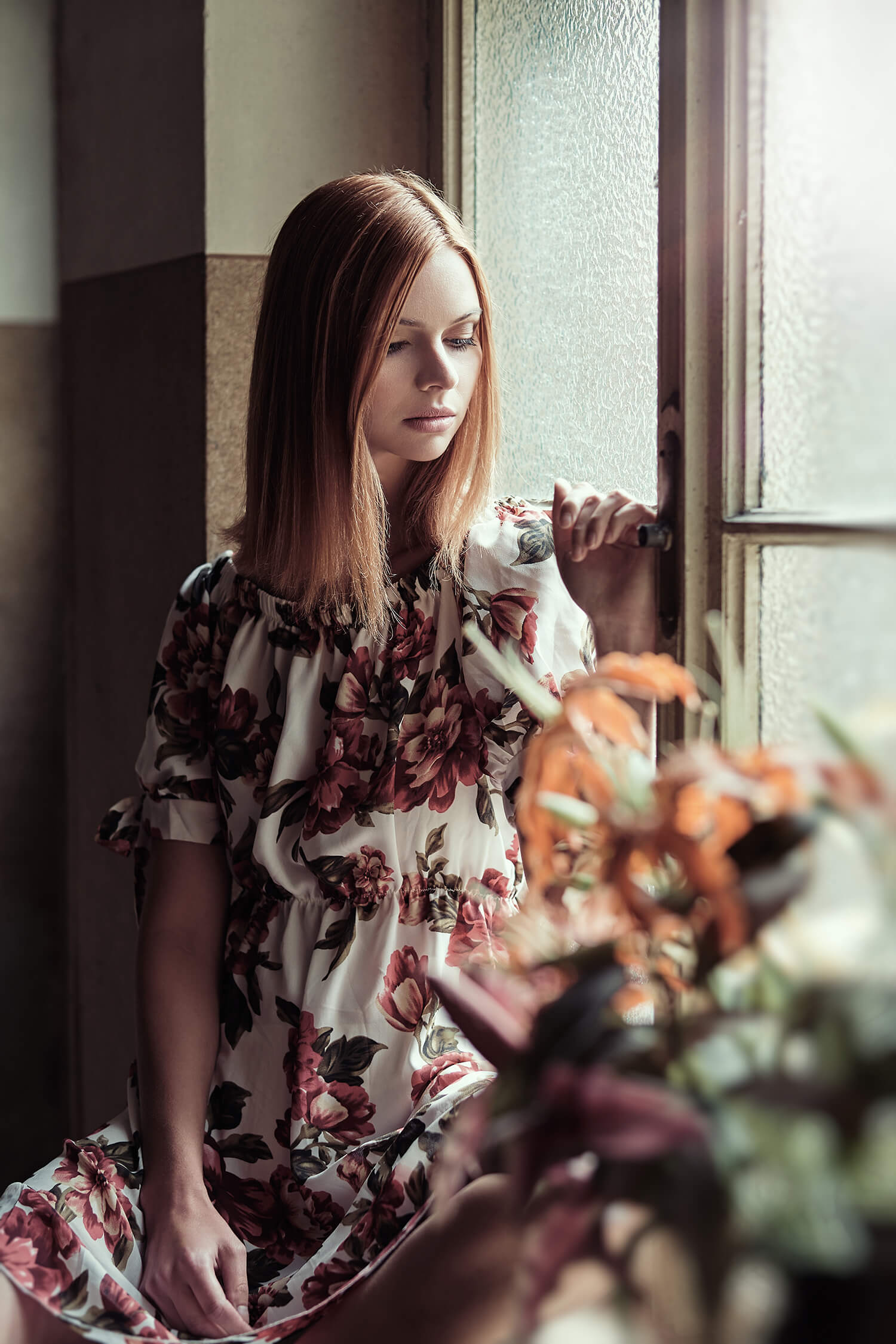For longer than he cares to remember, photography has been a big part of Michael Schnabl’s life. An initial passion for capturing on-location images drew him into the medium and now, as a professional portrait and commercial photographer, he gets to indulge his passion on a daily basis. “I pay particular attention to the choice of location,” he tells us. “I love abandoned places that always radiate a special charm and tell their own story.”
Perhaps unsurprisingly, it was this joy of shooting on location that saw him attracted to the FUJIFILM X Series in the first place. He came to the system via the X-T1 five years ago, but now works with the FUJIFILM X-T4, which “has become an integral part of my kit”, he says. “The colour reproduction is what I find most impressive – I have never found anything else like it.”
When creating his images, Michael has always been spoilt for choice with the XF lens range, but one particular optic stood out from early on and helped him convey his creative aims. “The FUJINON XF56mmF1.2 R is a first-class portrait lens that I can always rely on and helps me achieve great results,” he enthuses. “For me, a lens must do more than just keep the subject in focus. Instead, I pay special attention to the background blur in the picture when using portrait lenses. These out-of-focus areas give my shots a sense of calm.”
Looking through Michael’s images, there is a beautiful serenity to what he creates, which is sometimes at odds to the striking look or pose of the model. The muted colour palettes he often turns to are an undeniable factor in this, but it’s impossible to ignore the impact of how he finely controls key points of focus through studious management of depth-of-field, too. “I need to use a fast lens. This allows me to use the largest possible aperture and thus separate the sharp subject from the blurred background,” he confirms.
More recently, Michael has found a new challenger to his mainstay XF56mmF1.2 portrait lens. For him, the FUJINON XF50mmF1.0 R WR unlocks new levels of creativity where the point of focus can be fine-tuned even more precisely to help emphasise the key aesthetics in his image making. “In my eyes, the XF50mmF1.0 creates the most beautiful bokeh I have ever seen,” he says. “I get blur effects that round off my portrait shots perfectly. Together with Fujifilm’s unique colour rendition, the results are first class.
“With the XF50mmF1.0, you not only achieve wonderful bokeh, but have a reliable autofocus system that always keeps the subject in focus, across all aperture stops,” he continues. “I used the XF50mmF1.0 in the studio and on location, both with a flash and available light, but despite changing light conditions, the AF system worked quickly and accurately at all times. Even at the F1.0 maximum aperture, the XF50mmF1.0 delivered extremely sharp results.”
Whether the XF50mmF1.0 ends up being Michael’s portrait lens of choice remains to be seen, but using the lens has left him in no doubt of its impressive capabilities, both for him and other photographers like him. “I think it’s the perfect lens for ambitious portrait and wedding photographers. It’s the best portrait lens Fujifilm currently has to offer, working in perfect harmony with my FUJIFILM X-T4 and other X Series cameras.”
Want to shoot like Michael? These tips will help you recreate his style…
Using Face and Eye Detection
Face/Eye Detection AF can be switched on from your camera’s main menu, but it’s accessed more easily from the Q Menu, where it’s included by default.
You can cycle through four modes:
- OFF Switches off Face/Eye Detection AF, so you can use other methods of autofocusing.
- FACE The camera looks for faces within the scene and focuses on them.
- EYE AUTO The camera focuses on the subject’s eyes, picking the eye closest to the camera.
- EYE L or R The camera focuses on the subject’s left or right eye, respectively.

You may not think there is much difference between Face and Eye Detection, but if you’re shooting a face-filling portrait with a very shallow depth-of-field like Michael does, using one of the Eye Detection modes can make the difference between someone’s eyes being in focus or their nose being pin-sharp instead.
Change focus point size
With so little room for error when focusing and shooting with wide apertures, it pays to use a smaller AF point so you can be precise about where you are focusing. Do this by pressing your camera’s focus point lever and turning the rear control dial.
If you’re focusing manually, you may want to use Focus Peaking to nail critical focus at a specific point in the scene. This can be accessed by pressing the MENU OK button, then choosing the AF/MF SETTING menu followed by MF ASSIST and FOCUS PEAK HIGHLIGHT. Now, when you focus manually, the area in focus will be highlighted in a colour (choose from red, blue or white).



















































